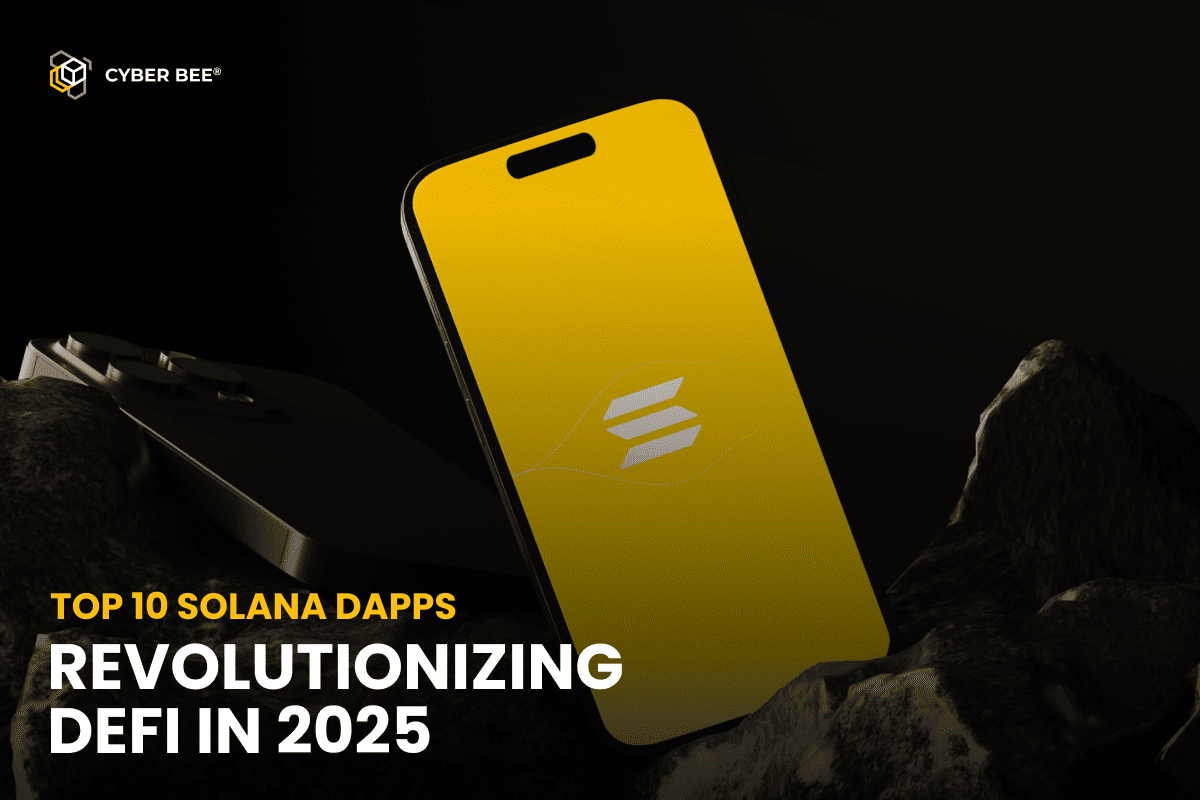Tokenizing real-world assets is not just a technological feat; it’s a financial revolution that has the potential to reshape how we invest, trade, and interact with tangible assets. In this comprehensive exploration, we delve into the intricacies of this transformative approach, its far-reaching implications, the benefits it offers, and the challenges it faces.
Tokenizing Real-World Assets: A Paradigm Shift in Finance
Tokenization is the process of converting real-world assets into digital tokens, securely recorded on a blockchain or another distributed ledger technology. This revolutionary approach is not confined to one asset class; it encompasses real estate, art, commodities, and even intellectual property. The aim is clear: to enhance liquidity, transparency, and accessibility, ultimately modernizing and democratizing conventional financial markets.
The Tokenization Process: How Blockchain Facilitates Transformation
Real-world assets undergo a meticulous tokenization process enabled by blockchain technology:
- Asset Identification and Valuation: The journey begins by identifying and valuing the real-world asset slated for tokenization. This can range from physical properties to intellectual creations.
- Legal and Regulatory Compliance: Before proceeding, it’s imperative to confirm adherence to legal and regulatory frameworks. Special Purpose Vehicles (SPVs) may be created to navigate these complexities and ensure compliance.
- Creation of Smart Contracts: Blockchain-based smart contracts are crafted to specify how the tokens will be created, managed, and traded. These contracts automate processes and ensure agreements are executed as intended.
- Blockchain Platform Selection: Choosing the right blockchain platform is crucial. Ethereum, with its robust smart contract capabilities, is a popular choice, but other platforms with tokenization features may also be suitable.
- Token Creation: The actual creation of digital tokens representing ownership or rights over the physical asset. Each token typically represents a fraction of the asset’s total value.
- Ownership Record: Blockchain maintains an immutable ledger that transparently records ownership, ensuring an unchangeable and visible history of transactions.
- Custody Solutions: Safeguarding the physical asset demands effective custody solutions, which can vary depending on the nature of the asset—ranging from secure storage for digital assets to physical security for tangible ones.
- Exchange and Marketplace: Finally, a marketplace or platform is established where these tokenized assets can be bought, sold, and traded. Integration with cryptocurrency exchanges enhances accessibility and liquidity.
Benefits of Real-World Asset Tokenization
The advantages of tokenizing real-world assets are manifold:
- Enhanced Liquidity: Unlike traditional markets with set trading hours, cryptocurrency exchanges enable 24/7 trading, providing unprecedented liquidity.
- Cost Reduction: Tokenization reduces costs associated with asset management, including paperwork, intermediaries, and legal fees, making it a more cost-effective approach.
- Increased Transparency: Blockchain’s transparency builds investor confidence by providing an immutable record of transactions, reducing the risk of fraud and ownership conflicts.
Real-World Assets in DeFi: A Crucial Link Between Digital and Physical Worlds
The integration of real-world assets into decentralized finance (DeFi) is a significant stride towards bridging the gap between the digital and physical realms. DeFi, predominantly reliant on digital assets and cryptocurrencies, gains stability and connection to traditional financial systems through the tokenization of real-world assets. Beyond diversification opportunities, these assets attract traditional investors to the DeFi space, offering yield-generating prospects like lending and borrowing.
Risks and Challenges in Tokenizing Real-World Assets
While the potential is immense, tokenizing physical assets comes with its set of risks and challenges:
- Regulatory Hurdles: Navigating the complex and evolving regulatory landscape, which varies significantly between jurisdictions, is a major challenge.
- Custody Concerns: Safeguarding the underlying assets backing the tokens requires robust and secure custody solutions.
- Market Acceptance and Liquidity: Active marketplaces or exchanges are crucial for sustaining liquidity and pricing stability.
- Valuation Complexities: Appraising the value of real-world assets and dividing them into tradeable tokens can be subjective and prone to disagreements.
- Technology Risks: Smart contracts and blockchain networks may be susceptible to hacking, software faults, or other vulnerabilities, leading to potential asset loss or manipulation.
Future Trends and Developments
The future of tokenized real-world assets is poised for significant expansion and evolution:
- Increased Investor Confidence: As regulatory frameworks adapt, investor confidence and institutional involvement are expected to rise.
- Global Ecosystem Development: Improved interoperability between various blockchain networks may facilitate a worldwide ecosystem for tokenized assets.
- Technological Advancements: Progress in blockchain technology and DeFi is likely to introduce more sophisticated income-generating opportunities and novel financial products.
- IoT Integration: Real-time asset monitoring through the Internet of Things (IoT) may enhance public confidence in tokenized assets.
- Diversification of Asset Classes: Intellectual property and carbon credits may see increased tokenization, broadening the range of investment opportunities.
Unlock the Power of Real-World Asset Tokenization with CyberBee
As a leading blockchain development company, CyberBee is at the forefront of empowering businesses and investors in the realm of Real-World Asset (RWA) tokenization. Our expertise spans the entire process, from asset identification to smart contract creation and beyond. Contact us today to explore how we can collaborate to elevate your ventures in this revolutionary landscape.
In conclusion, tokenizing real-world assets represents not just a technological advancement but a fundamental shift in how we perceive and interact with financial assets. With the right guidance and expertise, businesses and investors can navigate the challenges and unlock the full potential of this groundbreaking financial innovation.



